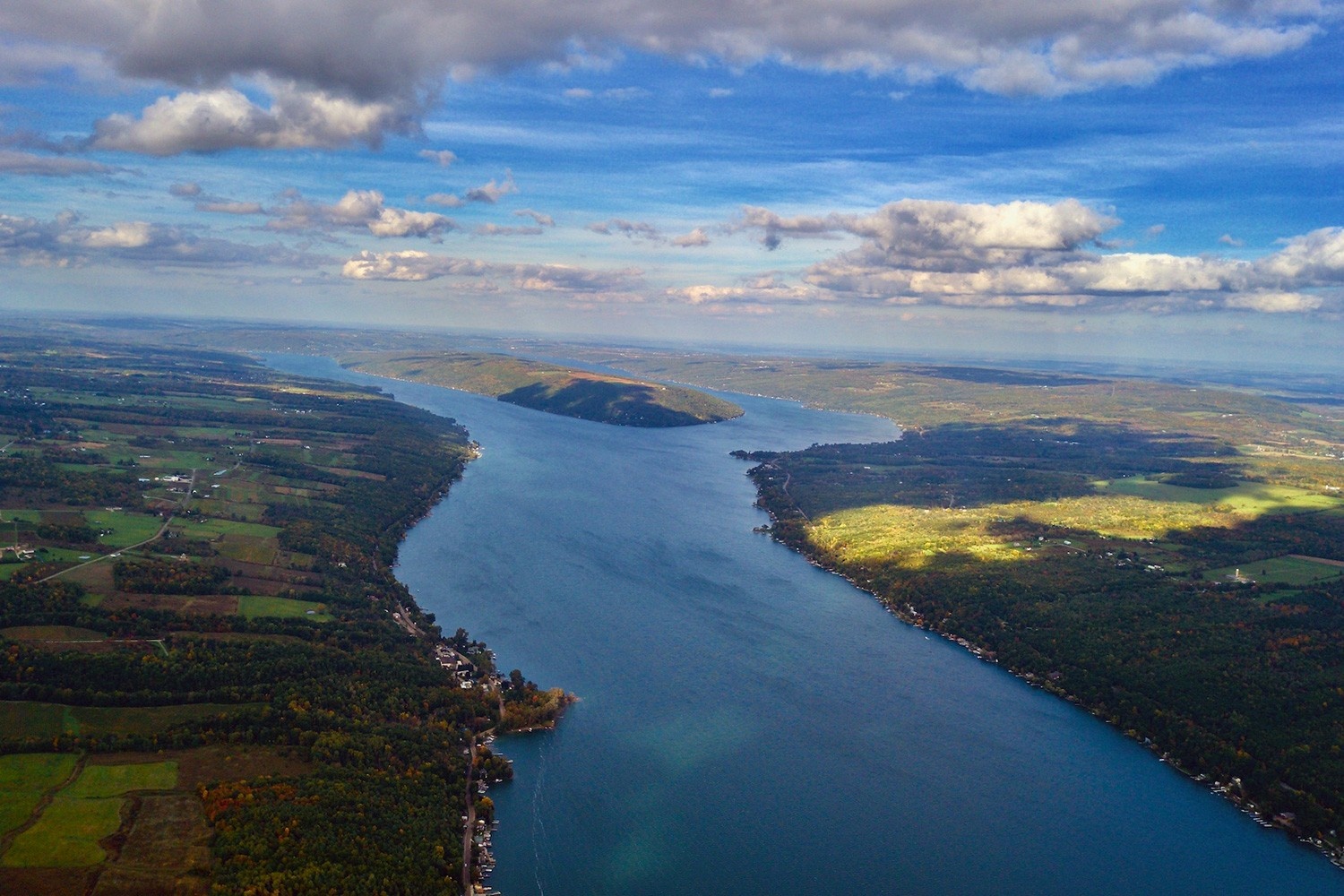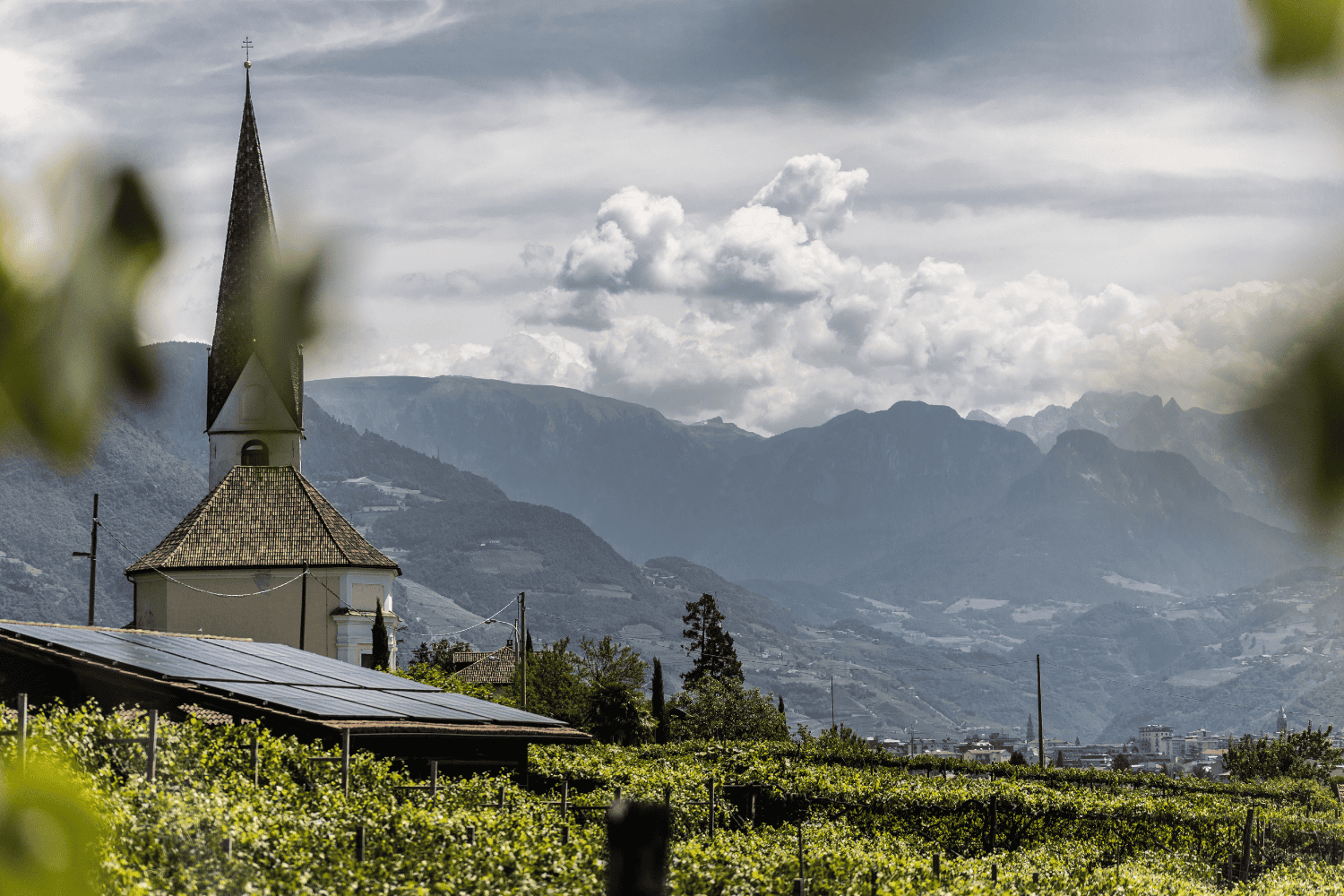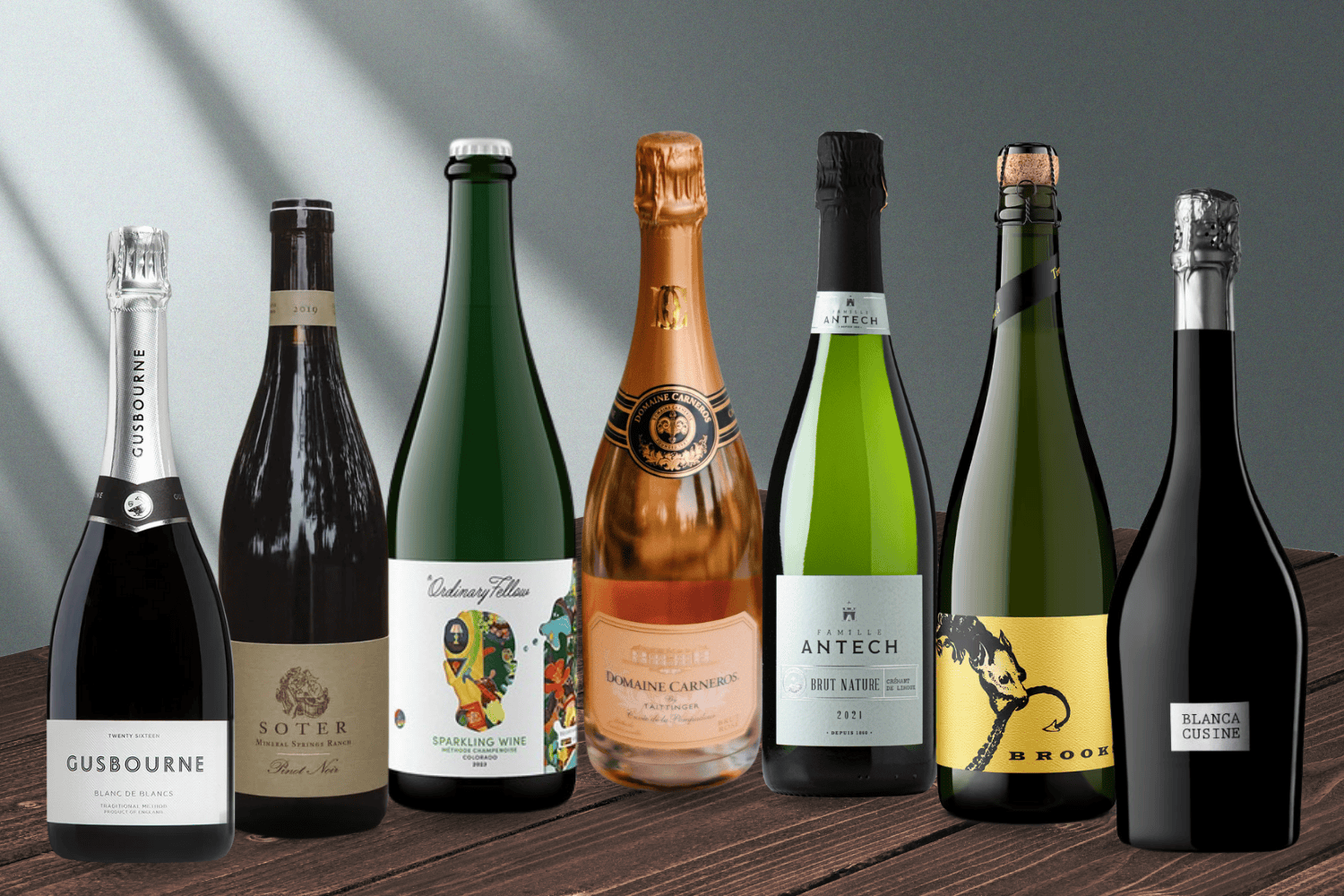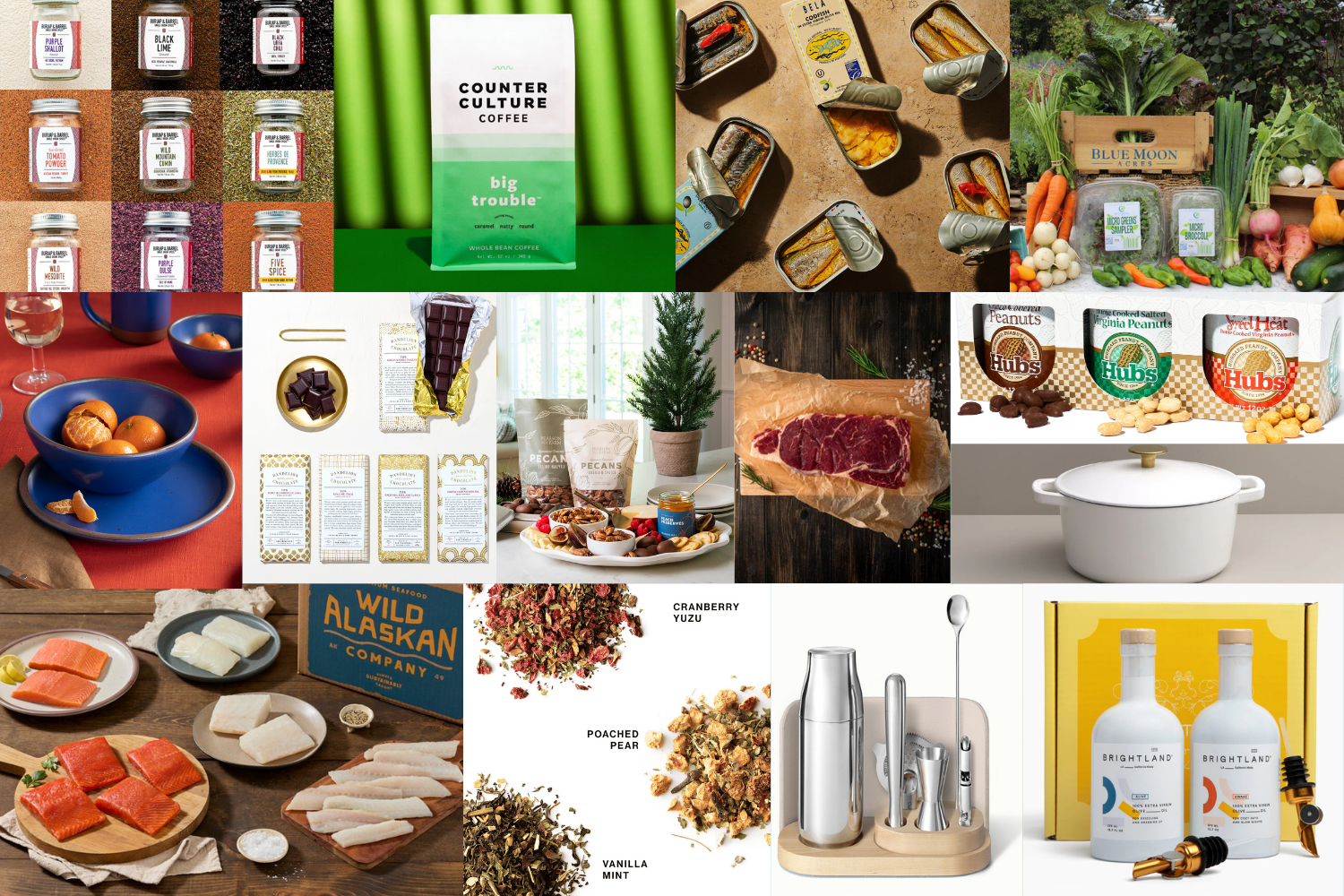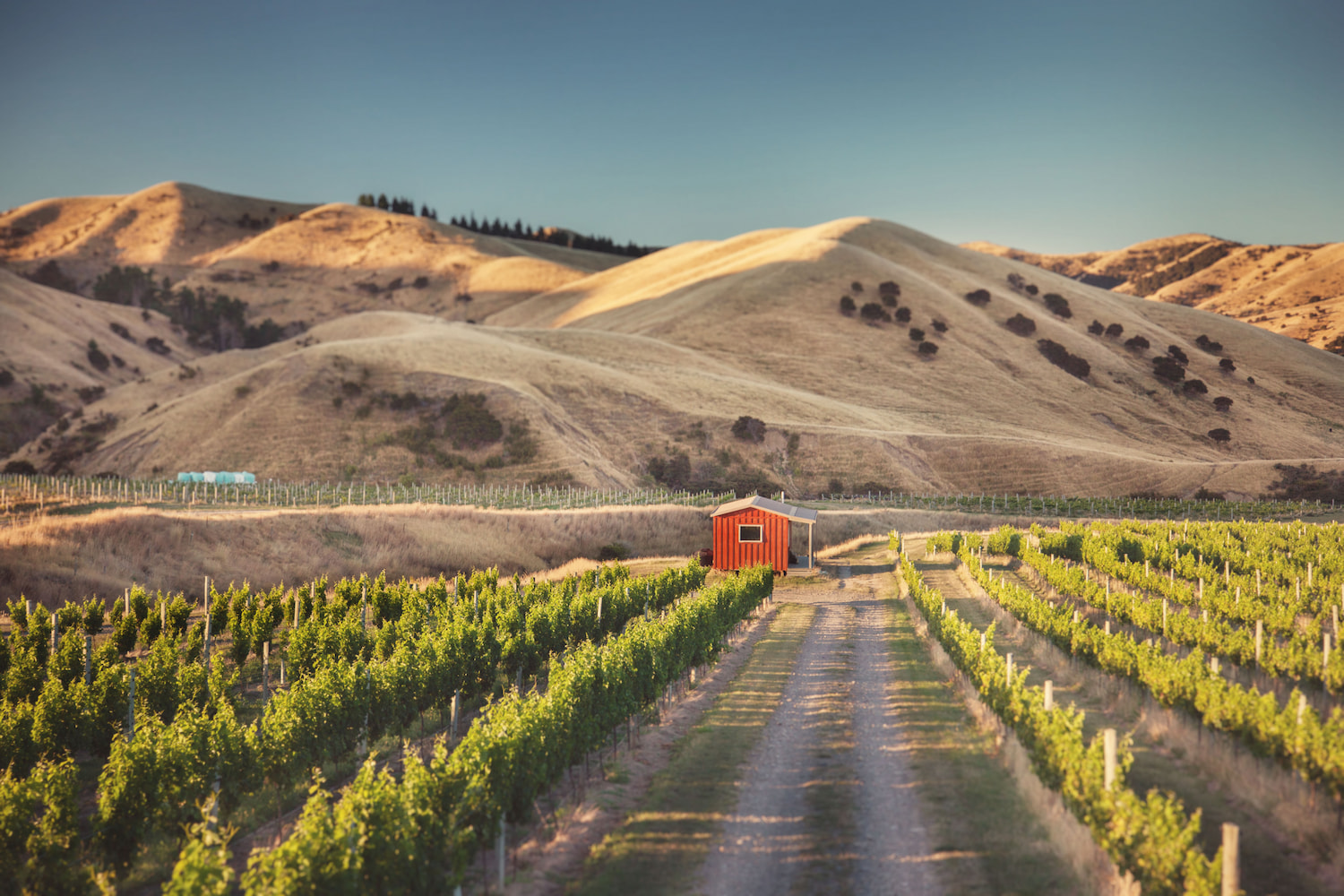North Stars:

Production & Consumption

Heritage Value

Wildlife Ecosystems
“You must look at what you are doing today and how that will impact the viability, profitability, and success of the next generation.”
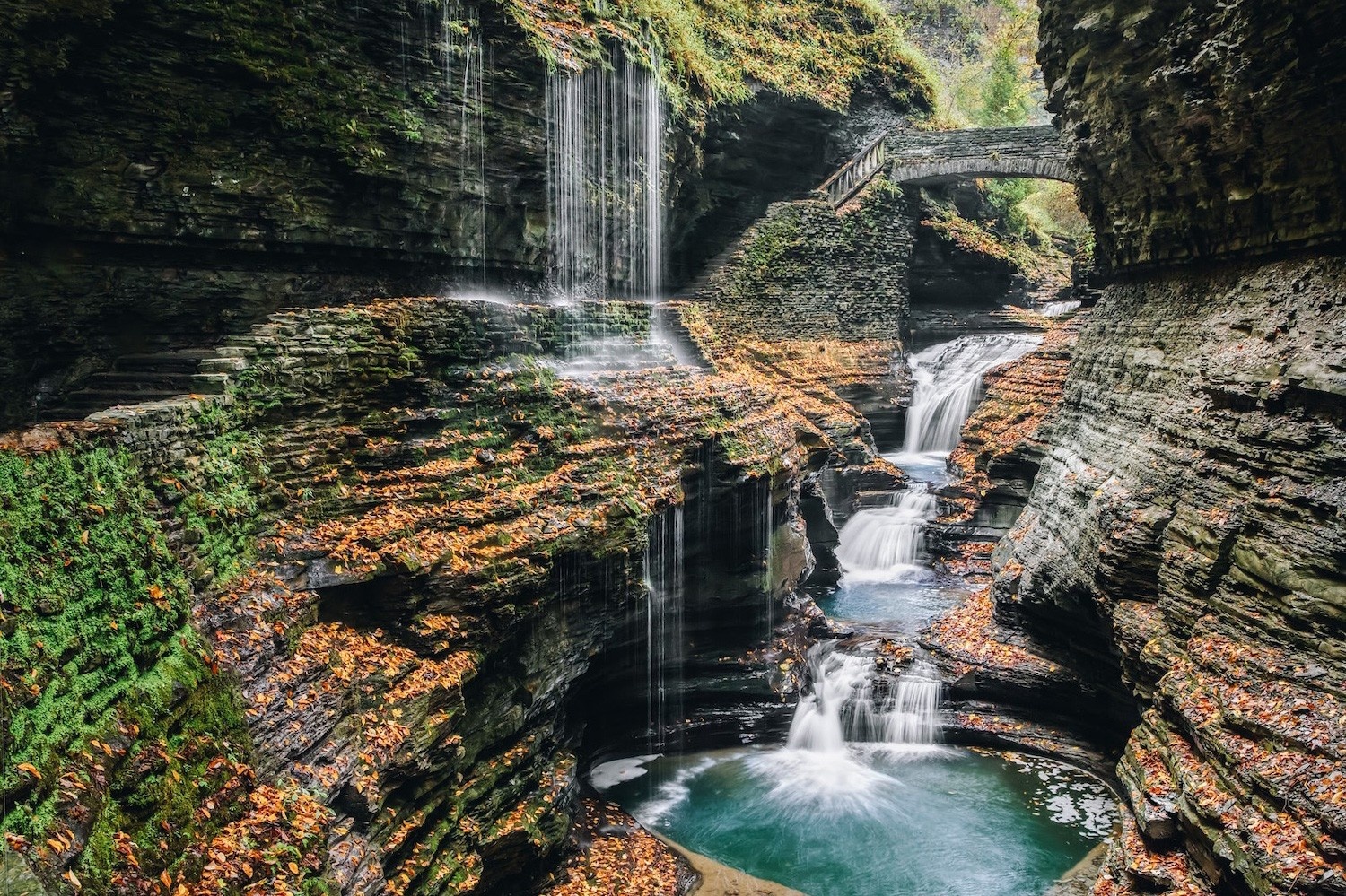
Watkins Glen State Park. Courtesy of Finger Lakes Regional Tourism Council.
So-called for the 11 spindly, narrow lakes running like cat scratches through the mountains and valleys of upper New York state, the Finger Lakes region hardly needs any introduction. From hiking and sailing in the summer to autumnal leaf-peeping, its all-season activities draw millions of travelers a year. Some come for the stunning scenery and outdoor adventures, while others are drawn by its wine scene and quaint small towns.
Whatever your reason for visiting, you’ll find plenty of eco-conscious ways to enjoy the region. From state parks that protect the area’s natural treasures to eco-conscious wineries, local businesses, and organizations are deeply invested in protecting the area’s renowned landscapes. Here’s how to responsibly explore the Finger Lakes.
What to See and Do
In the Finger Lakes, nature is number one. From the lakes themselves — which provide a range of watersports and aquatic adventures, including kayaking, boating, swimming, and scuba diving — to hiking routes, ski hills, and bike paths, connecting with the outdoors is usually top of the list for most visitors.
One of the best ways to do so is to stop in at one of the area’s many state parks, which safeguard beautiful landmarks like Watkins Glen. A narrow rocky gorge cut through by 19 waterfalls, this park is said to be the most popular and famous in the Finger Lakes area and has hiking, cycling, fishing, and snowshoeing in winter. This park is committed to protecting its natural resources. It continually works to minimize its carbon footprint through initiatives such as the Local Waterfront Revitalization Program, which helps reduce wastewater, and the Open Space Institute (OSI), which helps protect the land while making it more accessible.
Set on a 13-acre spread on Keuka Lake with its own canoe and kayak launch, the Saunders Finger Lakes Museum teaches visitors about the ecology and cultures of the Finger Lakes region. Conserving native habitats is one of the center’s many efforts, as is working with the community to educate on sustainability, like water management and reducing household hazardous waste. Visitors can also learn about local flora and fauna at Tanglewood Nature Center, a nonprofit zero-charge center that provides habitat homes to over 40 animal ambassadors for educational purposes, as well as 10 miles of trails.
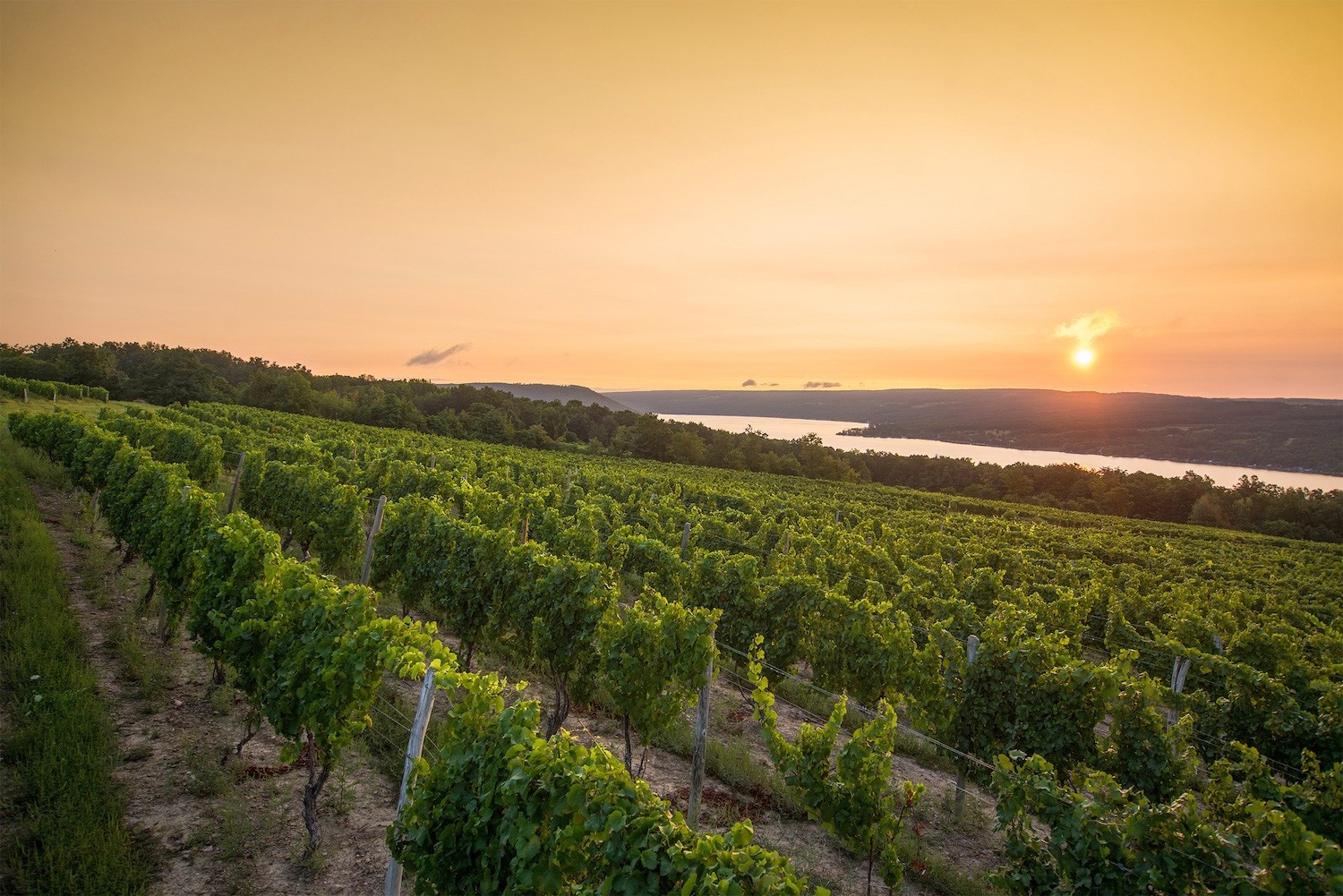
View from Dr. Konstanin Frank Vineyard. Courtesy of Stu Gallagher.
While the Finger Lakes are the area’s most famous bodies of water, there are other local waterways worth discovering as well. With Sam Patch Boat Tours, you can embark on a water cruise of the historic Erie Canal, enjoying the sights while learning more about the canal’s heritage value as a crucial transportation artery between the Great Lakes and the Atlantic. Working with Rochester Accessible Adventures, the company also offers enhanced accessibility tours for people with disabilities, featuring a narration script that can be read from a phone or hearing aids, as well as no-step entry vessels and ramps.
As the ancestral home of many Indigenous groups, the Finger Lakes also boasts a wealth of history. The only Native American-themed historic site in New York State, Ganondagan State Historic Site marks the original location of a 17th-century town of the Seneca tribe. Here, the public can learn about the Seneca people and how their culture and government influenced the development of equality, women’s rights, and the use of natural foods. This historic site also grows its own plants on site.
“We cultivate plants connected to traditional foods and medicines,” says Reilly Liberto, Historical Interpreter/Recreation Aide at Seneca Art & Culture Center at Ganondagan State Historic Site. “We grow our Three Sisters Garden, planted in the historical mound style, of corn, beans, and squash, as well as a Creator’s Garden which is dedicated to herbs and plants used for medicine and spices.”
Seneca Falls is not just a charming town in the area, but it’s deeply rooted in history. Not only did it hold the very first Women’s Rights Convention back in 1848, but it was also a stop on the Underground Railroad, making it a worthy stop on your Finger Lakes journey.
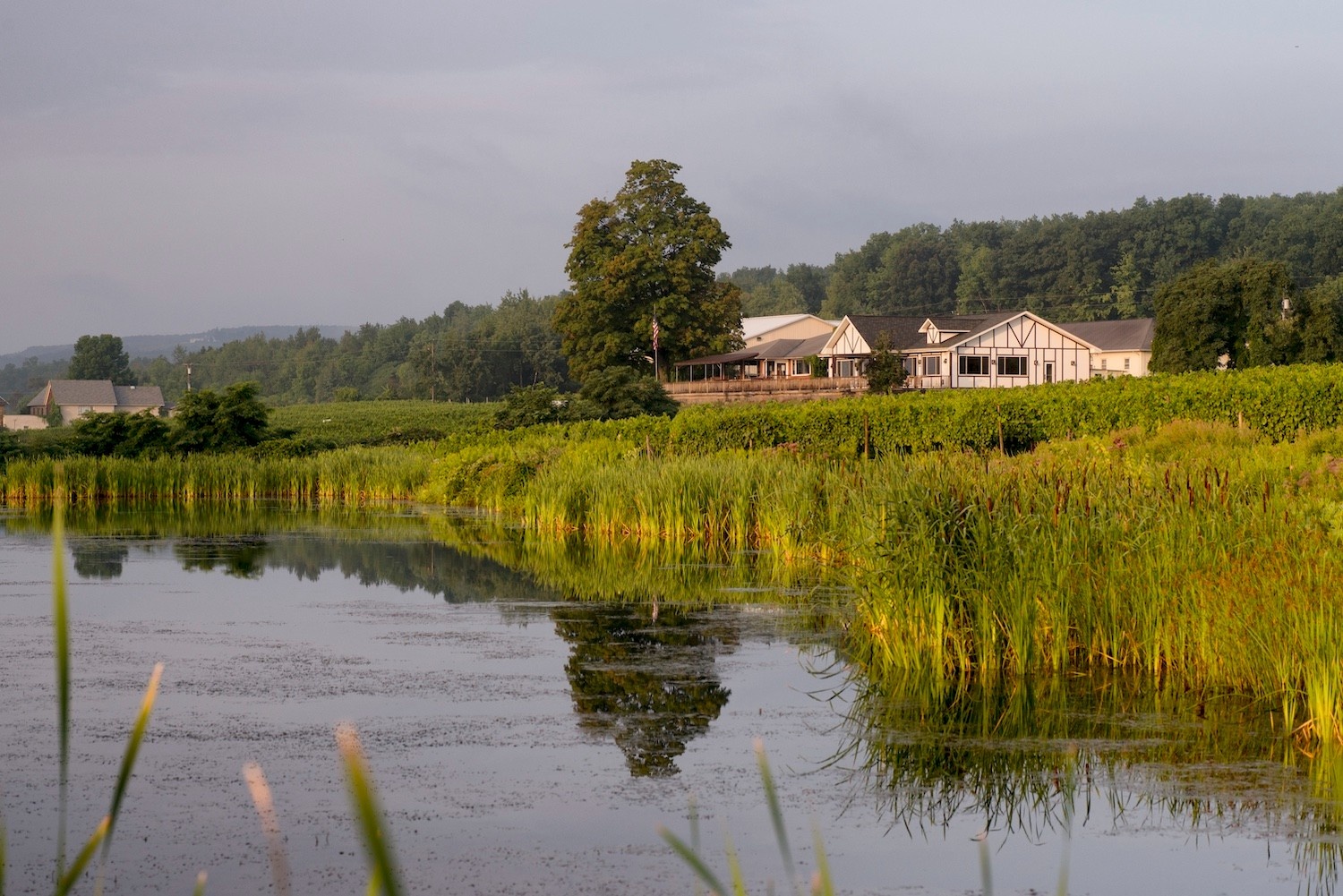
Dr. Konstanin Frank Tasting Room. Courtesy of Dr. Konstantin Frank Winery.
Where to Go Wine Tasting in the Finger Lakes
With around 100 wineries, the Finger Lakes’ wine country is one of the most famous wine regions on the East Coast. Recognized with its own AVA designation, the cool climate and distinct topography support a mix of well-known grapes like Riesling and Pinot Noir, but also less-common Old World varietals like Saperavi. Following the region’s Wine Trails, oenophiles head to lakeside tasting rooms overlooking the area’s famed bodies of water, which provide the perfect backdrop for tastings.
Along with practices like sourcing from organic vineyards — as is the case at Living Roots, a low-intervention winery at the southern end of Keuka Lake — and using renewable solar energy like Silver Thread Vineyard, many producers here follow the guidelines of New York State’s VineBalance program, which promotes environmentally conscious viticulture.
At Dr. Konstantin Frank Winery — one of the area’s pioneers, perched on the slopes of Keuka Lake — visitors can not only try Riesling, Pinot Noir, and Chardonnay from some of the oldest vines in the eastern United States, but also learn about the estate’s green initiatives. These include dry-farming to preserve local water sources, composting grape skins and seeds, and enriching the soil with natural fertilizers.
“Caring for the land is baked into a multi-generational approach to management,” says vice president Meaghan Frank. “You must look at what you are doing today and how that will impact the viability, profitability, and success of the next generation.”
Nearby Heron Hill Winery, certified by VineBalance as well as B Corp, LEED, and SOStain, avoids chemical fertilizers and insecticides in its vineyards. By limiting mowing, the team supports the growth of native plants which attract beneficial insects that naturally protect the vines by warding off pests.
Hermann J. Weimer Vineyard experiments with climate-adaptable grapes. As the only biodynamic producer in the region, and known for its German-style wines like Riesling, the winery has become the area’s leading innovator in climate-resilience research.
“We pursue a persistent curiosity for innovation and a deep respect for land stewardship,” says co-owner Oskar Bynke. “In our cellar, that means a light touch — hand-harvesting, fermenting with native yeasts, and letting the vineyards lead the way. From soil to bottle, it’s all about balance and producing expressive, origin-focused wines.”

The Lake House on Canandaigua. Courtesy of Finger Lakes Regional Tourism Council.
Where to Eat and Stay
Thanks to the cooling “lake effect” of the Finger Lakes and rich soil, food production thrives here, meaning there are tons of farm-to-table eateries to try.
Sitting in the same space that was once the family-run Bond Fruit & Dairy Stand, Stonecat: Regional Cuisine & Bar has been keen on offering customers fresh organic food since 1999, working with local farmers and wineries to remain active in the community.
Once a food truck offering locally sourced food straight from the farm, family-owned and operated Ella’s Acres Homestead now has a brick-and-mortar space in downtown Corning. While dining on seasonally-driven plates and unique coffee drinks, you can feel good about their numerous eco-friendly offerings, too, with their composting and recyclable takeaway containers.
Located in Hammondsport, The Park Inn’s restaurant gets its farm-to-table fare from Glenn Scott Farm, a no-till farming operation that works with many restaurants in the area. Instead of using mechanical machines to till the soil, the farm employs manual methods to maintain roots and promote healthy growth in fungi-rich soil. A charming boutique inn set in the downtown area, The Park Inn is also a lovely choice for a Finger Lakes basecamp.
Another great stay is the stately Lake House on Canandaigua at the northern end of Canandaigua Lake. From refillable water bottles and biodegradable guest room amenities to operation-wide practices like water management and use of renewable resources, this lovely lakefront property implements a host of sustainability measures. On-site, guests will also find a restaurant, a spa, an outdoor pool, and private docks.
When to Visit
The best time to visit the Finger Lakes is truly any time of the year. With its wineries, restaurants, and indoor and outdoor activities, you’ll have plenty to do no matter the season.
Fall brings a colorful foliage to your outdoor wine tastings, while summer offers warm sunshine and plenty of outdoor activities. Cozy up by a fire or take it to the snowy slopes during the winter, and don’t forget to enjoy blooming flowers and the reopening of hiking trails come spring.
How to Get There
There are many ways to travel to the Finger Lakes, making it easily accessible for most, no matter how you prefer to get here.
With four main airports in the area, including Canandaigua Airport (KIUA), Frederick Douglass Greater Rochester International Airport (ROC), Syracuse Hancock International Airport (SYR), and Buffalo Niagara International Airport (BUF), getting here by plane is the easiest and most popular form of transportation.
Those looking to travel by train can hop aboard either the Amtrak Maple Leaf or the Amtrak Empire Service. At the same time, drivers can enjoy a scenic trip that will only take about 5 hours coming from the East Coast areas, such as New York City, Washington D.C., and Philadelphia.

Carissa Chesanek is a food and spirits writer based in Brooklyn. Her work has been seen in Imbibe, Food Network, Vinepair, Whisky Advocate, and Alcohol Professor. When she’s not writing, she’s on the hunt for the best Old Fashioned.
North Stars: Heritage Value, Production and Consumption, Wildlife and Ecosystems


